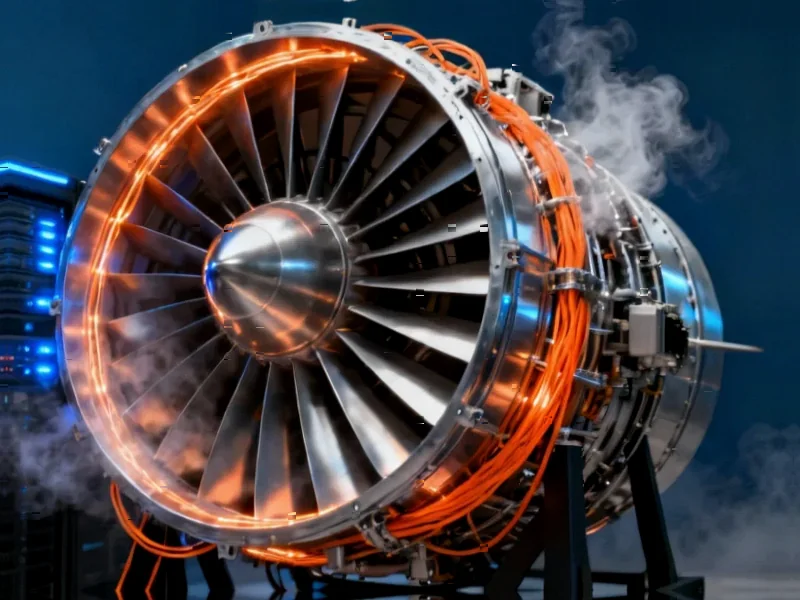Irish Candidate Faces AI-Generated Disinformation in Election Race
Independent presidential candidate Catherine Connolly has become the target of a sophisticated deepfake attack just days before Ireland’s presidential election, marking one of the first documented cases of AI-generated disinformation being used to influence a national election in Europe. The fabricated video, which surfaced online Tuesday evening, features a convincing AI-generated version of Connolly falsely announcing her withdrawal from Friday’s election., according to industry analysis
Table of Contents
- Irish Candidate Faces AI-Generated Disinformation in Election Race
- Election Commission Complaint Filed Against Malicious Content
- Deepfake Technology Poses Growing Threat to Democratic Processes
- Timing Raises Concerns About Election Interference
- Industry Response and Detection Challenges
- Global Implications for Future Elections
- Connolly’s Campaign Response and Voter Assurance
- Legal and Regulatory Considerations
Election Commission Complaint Filed Against Malicious Content
Connolly has taken formal action by lodging a complaint with Ireland’s Electoral Commission, describing the video as a “malicious deep-fake” and “disgraceful attempt to mislead voters and undermine our democracy.” The independent TD and presidential hopeful emphasized that she remains fully committed to her campaign, stating she is “absolutely” still a candidate for Ireland’s 10th presidency., according to technology insights
Deepfake Technology Poses Growing Threat to Democratic Processes
This incident highlights the escalating challenge that artificial intelligence presents to electoral integrity worldwide. Deepfake technology, which uses sophisticated machine learning algorithms to create realistic but fabricated audio and video content, has become increasingly accessible and difficult to detect. Election security experts have warned that such technology could be weaponized to spread disinformation, manipulate public opinion, and disrupt democratic processes.
Timing Raises Concerns About Election Interference
The video’s appearance just three days before the presidential election suggests a deliberate attempt to maximize voter confusion and impact the election outcome. Political analysts note that such timing prevents adequate response time for fact-checking and correction, potentially leaving lasting impressions on undecided voters. The incident has prompted calls for urgent regulatory frameworks to address AI-generated political content.
Industry Response and Detection Challenges
Technology companies and AI researchers have been racing to develop detection tools for deepfake content, but the rapid advancement of generation technology continues to outpace verification methods. The Connolly case demonstrates how even relatively simple deepfake implementations can achieve their malicious objectives when timed strategically during critical democratic events.
Global Implications for Future Elections
This incident serves as a warning to democracies worldwide as more than 60 countries prepare for national elections in the coming year. Security agencies and election commissions are now facing the urgent task of developing protocols to identify and counter AI-generated disinformation campaigns that threaten to undermine voter confidence and electoral legitimacy., according to emerging trends
Connolly’s Campaign Response and Voter Assurance
In her official statement, Connolly moved quickly to reassure supporters and the electorate of her continued candidacy. Her campaign team has launched a counter-information effort across social media platforms and traditional media channels to correct the false narrative. The candidate emphasized the importance of voters seeking information directly from official campaign sources and verified news outlets., as our earlier report
Legal and Regulatory Considerations
The case raises complex questions about legal jurisdiction and enforcement in cross-border digital spaces. While Ireland has existing defamation and electoral laws, legal experts question whether current legislation adequately addresses the unique challenges posed by AI-generated content. The incident may accelerate parliamentary discussions about specific deepfake regulations that several democratic nations have been considering.
As investigations continue into the origin and distribution of the deceptive video, the Connolly campaign has urged voters to remain vigilant about verifying political content and reporting suspicious material to appropriate authorities.
Related Articles You May Find Interesting
- Key Market Movers: Tesla Earnings Anticipation, Netflix Slips on Results, DraftK
- Python Automation Scripts Streamline Daily Digital Tasks, Reports Show
- Wells Fargo’s Bullish Bet: Why Apple’s AI Strategy Could Drive Record Q4 2025 Ea
- NERC president warns of ‘five-alarm fire’ for grid reliability
- The Circular AI Economy: Strategic Masterstroke or Dangerous Interdependence?
This article aggregates information from publicly available sources. All trademarks and copyrights belong to their respective owners.
Note: Featured image is for illustrative purposes only and does not represent any specific product, service, or entity mentioned in this article.



